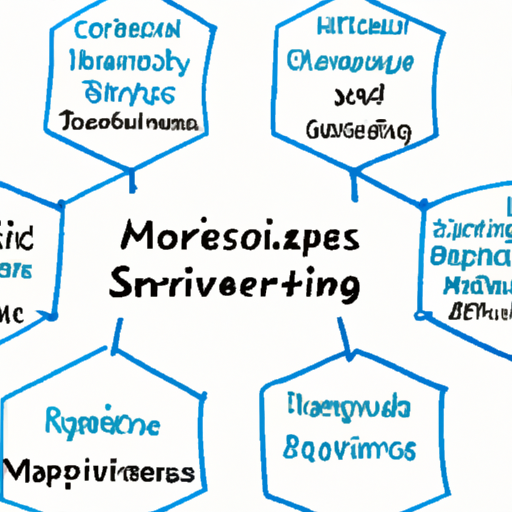In today’s fast-paced software development landscape, microservices architecture has emerged as a dominant approach for building scalable and maintainable applications. Unlike traditional monolithic architectures, where applications are built as a single indivisible unit, microservices break down applications into smaller, independent services. This post discusses the fundamentals of microservices architecture, its benefits, challenges, and best practices.
What are Microservices?
Microservices are a style of software architecture that structures an application as a collection of loosely coupled services. Each service is designed to perform a specific business function and can be deployed independently. Microservices communicate with each other through lightweight protocols such as HTTP or messaging queues, often using APIs to interact.
Benefits of Microservices Architecture
- Scalability: Individual services can be scaled independently to meet demands without affecting the entire application.
- Flexibility: Different teams can work on separate services simultaneously, enabling faster development cycles.
- Resilience: Failures in one service do not necessarily cripple the entire application, increasing overall system stability.
- Technology Agility: Teams can use various programming languages and technologies best suited for each microservice.
Challenges of Microservices Architecture
- Complexity: Managing multiple services can complicate deployment and monitoring.
- Data Management: Achieving data consistency across services can be challenging.
- Network Latency: Increased network calls between services can lead to higher latency compared to monolithic applications.
Best Practices for Implementing Microservices
- Define Service Boundaries: Identify clear boundaries for each microservice to minimize dependencies.
- Use API Gateways: Implement an API gateway to manage requests and balance loads between services.
- Automate Deployment: Use CI/CD pipelines to automate the integration and delivery of microservices.
- Monitor and Log: Implement robust monitoring and logging practices to track service health and performance.
Conclusion
Microservices architecture offers a flexible and efficient approach to software development that promotes scalability and resilience. While it comes with its own set of challenges, following best practices can lead to successful implementation. As the demands for software applications continue to grow, embracing microservices may be the key to staying ahead in the competitive landscape of software development.




